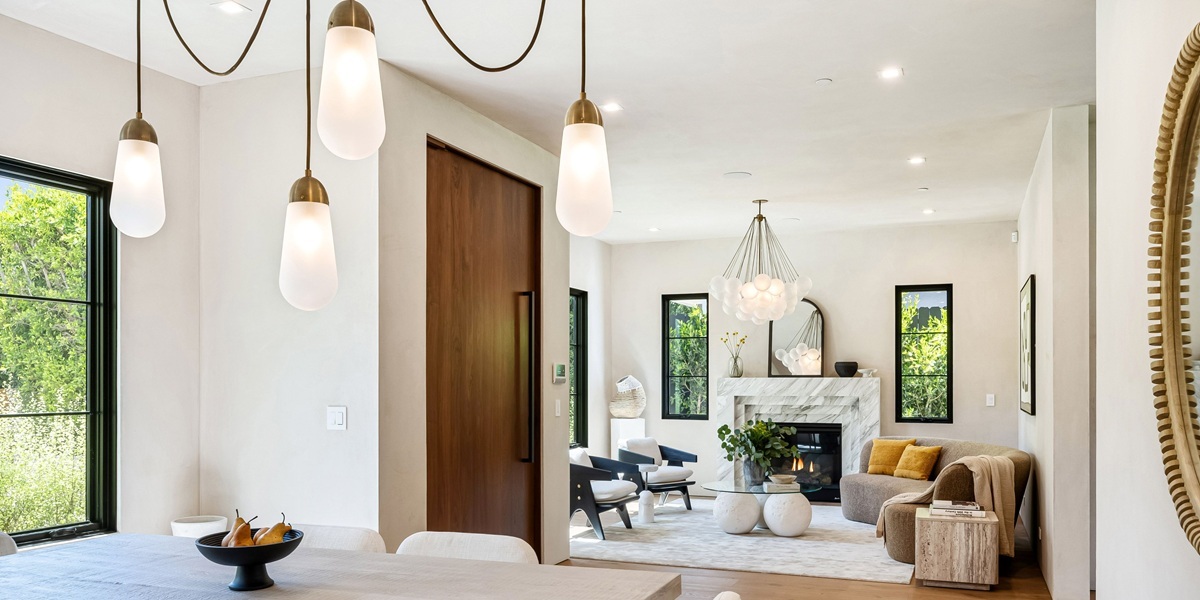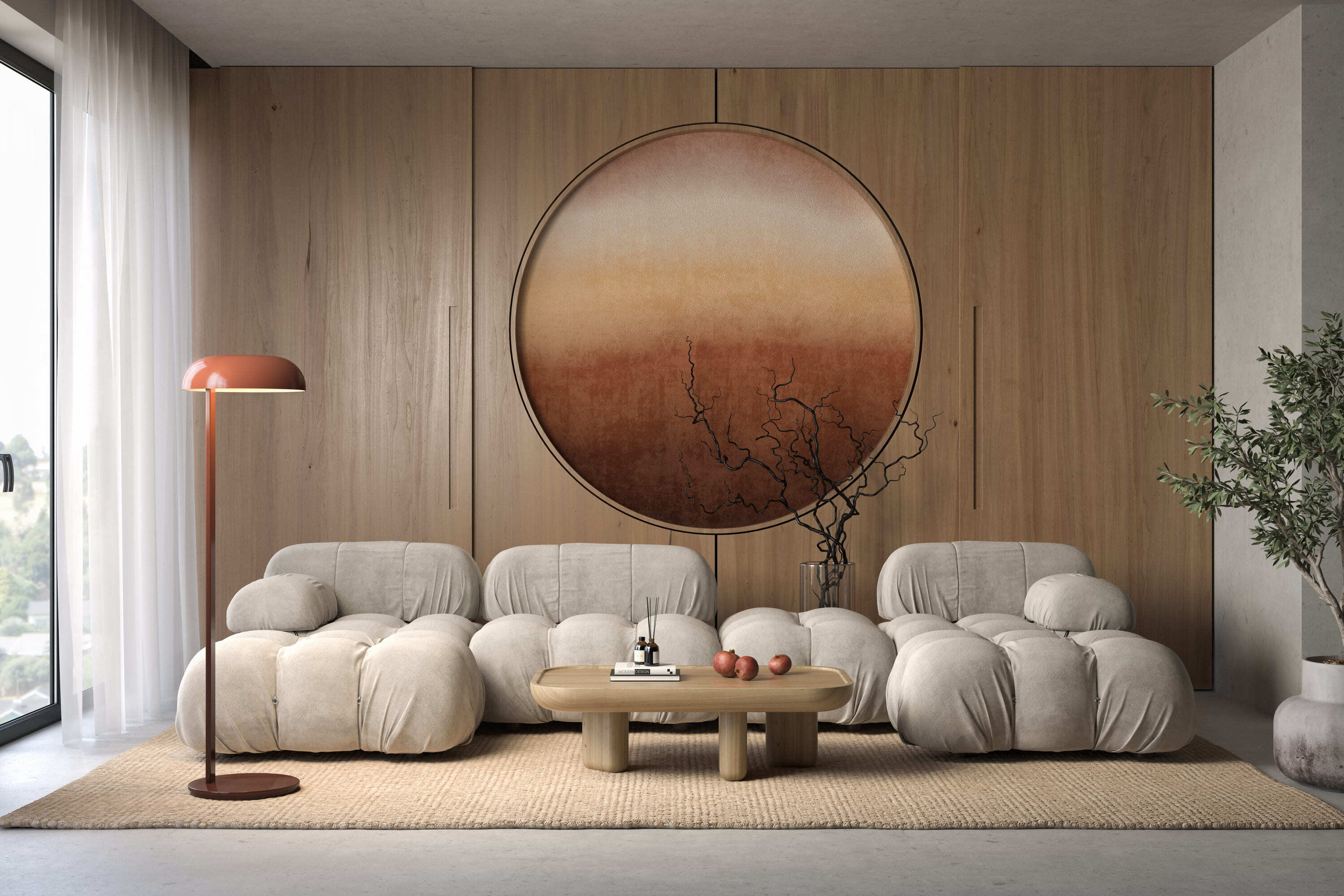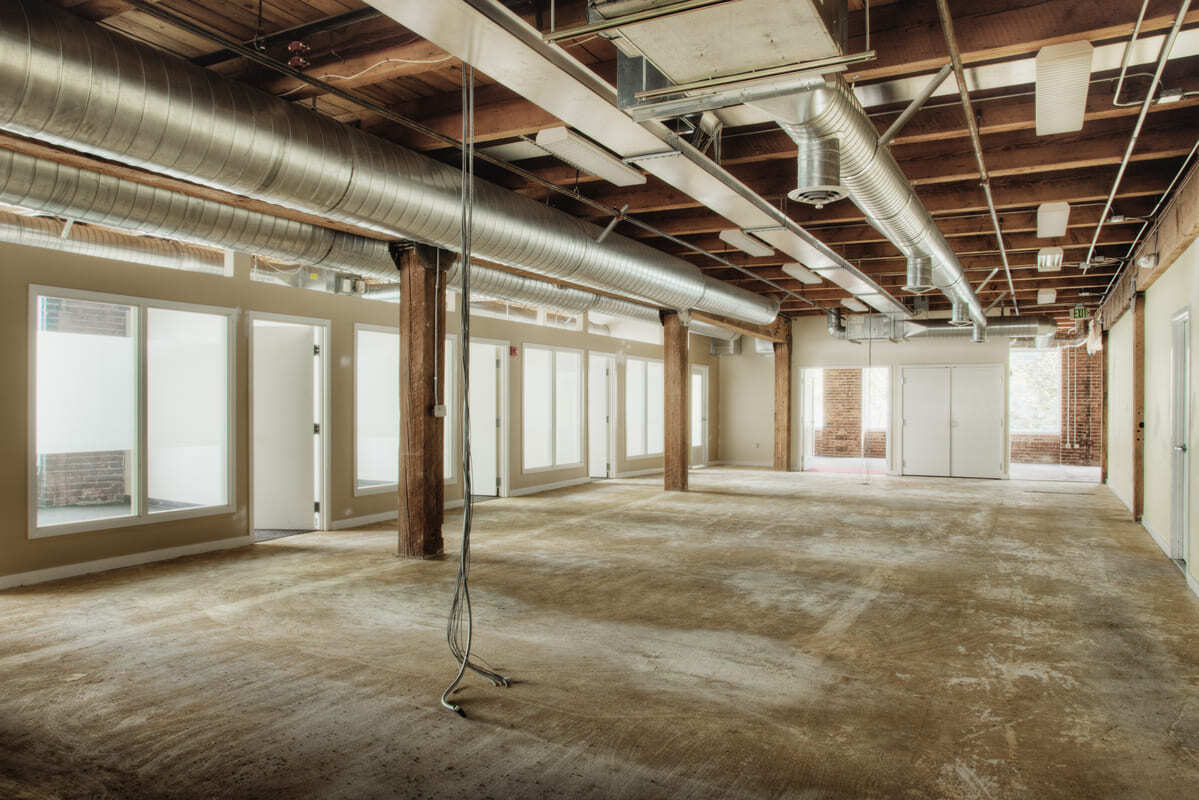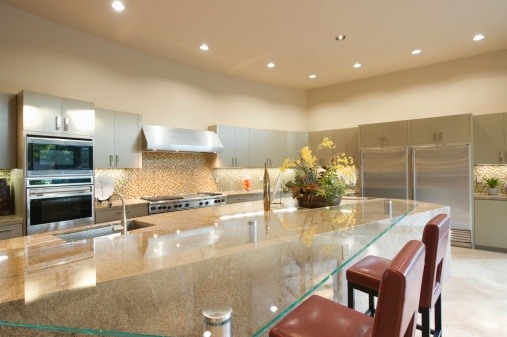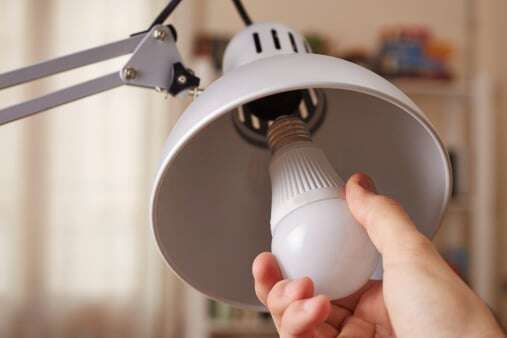 Decorating a home can bring out the interior designer in anyone, but don’t let thoughts of choosing furniture fabrics distract you from the importance of actually lighting your home. Choosing which type of lighting fixture is just as important as deciding what color to paint your walls. There are also just as many options for you to choose from.
Decorating a home can bring out the interior designer in anyone, but don’t let thoughts of choosing furniture fabrics distract you from the importance of actually lighting your home. Choosing which type of lighting fixture is just as important as deciding what color to paint your walls. There are also just as many options for you to choose from.
Walking into a light store or the lighting section of your local hardware store can feel immediately overwhelming, especially with all the bright lights literally putting you in the spotlight. Do you go for the big décor light or the simply designed light? Do you go for one that stays close to the ceiling or one that hangs down?
Before you short out your brain with all the options, make sure you take a look at the rooms you're lighting. What's the intended function of the room? How tall is the ceiling? Answering these questions will help you narrow down the options.
To further help you narrow down your options, discover the major pros and cons of typical ceiling lights and recessed lighting below.
Ceiling Lights
Ceiling lights come in a variety of types: chandeliers, pendant lighting, track lighting, ceiling fans with a light fixture, semi-flush mounts, etc. Yet no matter which type you choose from, by definition all will protrude from the ceiling either by several inches or several feet.
Pros:
- You can make as big or small of a statement as you want when you go with traditional ceiling lights.
- They cast their light over a wider area as there is an entire half-sphere visible to both the room and you.
- Depending on the size of ceiling light you go with and the room you're illuminating, you’ll only need one or two to light up the room.
- You’ll only need to cut a hole in your ceiling big enough to fit wires through.
Ceiling lights work best in dining rooms, over kitchen islands, bedrooms, foyers, and patios.
Cons:
- It can take away from the design of the room, making the light the focal point.
- Having only one light within a room can leave dark areas.
- Yet, using more than two or three of them in one room makes the room look smaller.
- Hanging ceiling lights can become hazardous for guests who are on the tall side.
Ceiling lights don’t work well in basements, water-intensive environments, skinny hallways, and rooms with low ceilings.
Recessed Lights
Recessed lights, also known as can lights, are described as metal light housings installed in the ceiling for a sleek look that gives you back your ceiling. Their diameter generally varies from 3” to 6.”
Pros:
- The light itself is sleek and not visible.
- Frees up the ceiling space, making your room look and feel bigger than it is.
- Can act as a spotlight, which is great for displaying art pieces or for small reading areas.
- The only type of light that can be installed in water-intensive environments.
- When arranged correctly, can illuminate the entire room and not just the middle of the room.
Recessed lighting is great for kitchens, hallways, shower stalls, home movie theaters, basements, and anywhere there are low ceilings.
Cons:
- They are a single directional light to the ground, therefore in order to light up an entire room you’ll need quite a few.
- A larger hole in your ceiling is required to fit the metal housing which can lead to air leaking through the gaps between the wallboard and the light depending on how they are installed. To fix this problem, The Spruce says you’ll either need an “air-tight recessed lighting or a sealed or IC-rated light that allows for close contact insulation to cover the light.”
Recessed lighting is not great in large rooms where you’ll need to install a lot of them or where you want your light to achieve an aesthetic effect.
Hopefully after reading through the pros and cons of each type lighting you can shine the spotlight on the type best for your space.
If you've picked your lighting but don’t want to install it yourself, Hire an Expert in Your Home to complete all the electrical work needed to illuminate your room!


